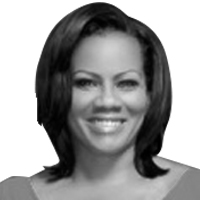Crime & Justice
Photo Illustration by The Daily Beast
My Childhood Rape and My Life That Might Have Been
A YEAR OF (NOT SO) MAGICAL THINKING
I sometimes wonder what I might have been, but for the pus and scarring of sexual violence, how it formed and defined and confined me.





